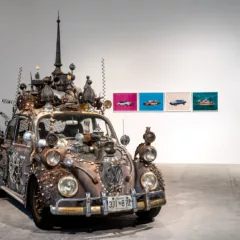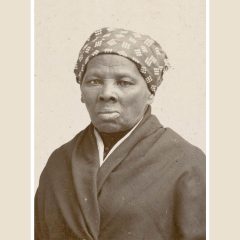Kitty, Joe and I drove up to Sheboygan to the John Michael Kohler Art Center on Sunday. What we found inside was a group of exhibits and installations that connected through a thread of architecture and visionary thinking — both hopeful and pessimistic –about the future.
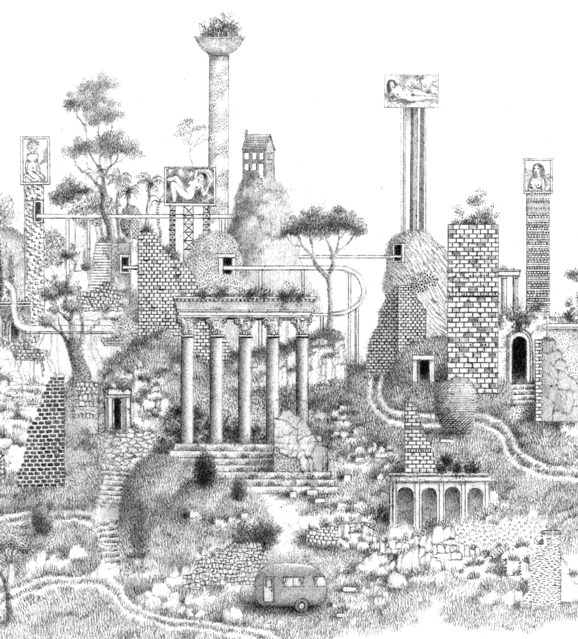
Unfortunately the Center forbids the taking of photographs in the exhibitions. But not in the bathrooms, remember whose art center we’re talking about. So we snapped away in the toilet areas both male and female which are full of commissioned art by Carter Kustera, Ann Agee, Merrill Mason, Matt Nolan and Cynthia Consentino. More on those –also somewhat utopian — facilities below.
Architecture dreams
The documentary display Architecture for Humanity which included photo montages of a proposed mobile AIDS/HIV clinic and an actual small building to climb into had a nice take charge/can-do architectural spirit.
On a more downbeat note, the documentary photos by Kim Stringfellow of the failed utopian community around the man-made Salton Sea in California, reminded that the natural world can be manipulated only so far by man’s interventions. An original 60s-era promotional video for the Salton Sea community runs in the gallery showing how hopeful and lovely the community must have been at the beginning. Stringfellow’s photos of the current area — phosphate pollution on rivers and some archeological displays of fish bones and other debris washed up on the shores of the fresh water sea contaminated by regular but periodic influx of salt water — are the downside of utopia in the flesh. Kitty and Joe said they’d see a documentary film about the Salton Sea made by someone other than Stringfellow.
Artistic utopias
An exhibit titled “Utopia” brings together 24 artists (and an artist group) from around the world with art both dystopic and utopic. The joy for me in this exhibit was to run into four works by the great Randall Sellers, Philadelphia drawing artist whose microscopic graphite utopias suggest harmony reached after a major battle between man and nature in which both parties called a ceasefire and while the war’s not over, there’s momentary peace.
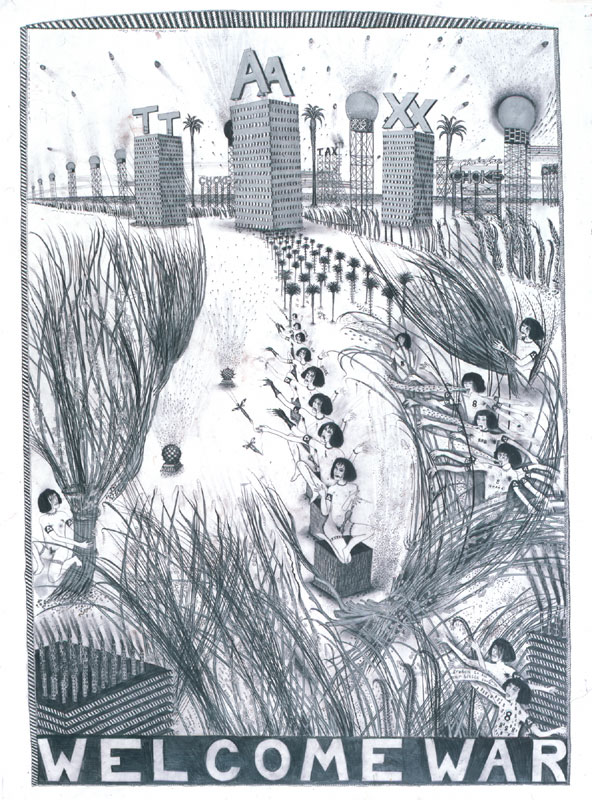
This show was full of large dramatic pieces with apocalyptic visions of an outsider nature. Manic scenes by Chris Hipkiss evoke the land of Henry Darger with ambiguously-gendered girls and boys at war for their lives where the fate of the planet is at stake.
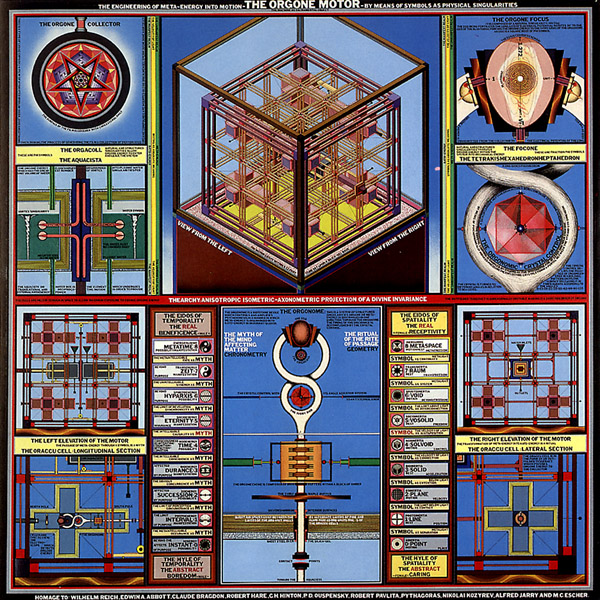
Paul Laffoley‘s elaborate systems drawings reminded me of posters from the US Army’s Defense Research Department. They were extremely real-world in their affect until you got close enough to read the visionary words that have more to do with spirituality, the unseen world and belief systems than anything more mundane and diagrammable.
Rhinestone utopia
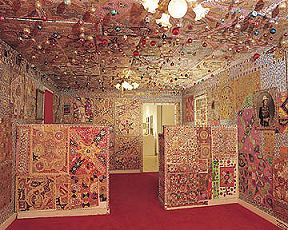
Perhaps the most exquisite merging of utopian vision and real world came in the small house of Loy Allen Bowlin, the original Rhinestone Cowboy from McCOmb Mississippi. This extreme extravagance wrought on the walls, ceiling and every other surface of the small house that actually was the living space of Bowlin, shows how a vision plus hard work and some amazing low tech materials can transport the spirit like nothing else. We walked through the small house, recreated in its entirety at Kohler, and oohed and aahed. Kitty remarked that his glitter and glue combination must have been perfect because there were few particles on the carpeted floor. Joe, spying some errant flakes on the rug, commented that they probably vacuumed daily.
Bowlin decorated his cowboy suits which he wore in performances. He was a dancer I believe. And in some display cases Kohler had put some of his personal artifacts, most notably, a set of dentures with rhinestones inset right in the front teeth.
Kohler owns another small bejeweled house, Henry Blagdon‘s Spirit House, and I love the idea of a collecting institution that provides space for these true visionaries — and mixes them in with art by trained artists and craftspeople from this and other eras. Classy.
Bathroom Bliss
Six bathrooms, six different artist commissions, all made in the Kohler plant. We saw five bathrooms. I’m going to give you some photos and captions and leave it at that. If you’re ever in Milwaukee, make the trip north (about one hour’s drive) to Sheboygan to see the Kohler Arts Center. It’s terrific. You can also tour the Kohler plant, in Kohler,WI, Mondays through Fridays, and I understand that’s a fabulous tour.
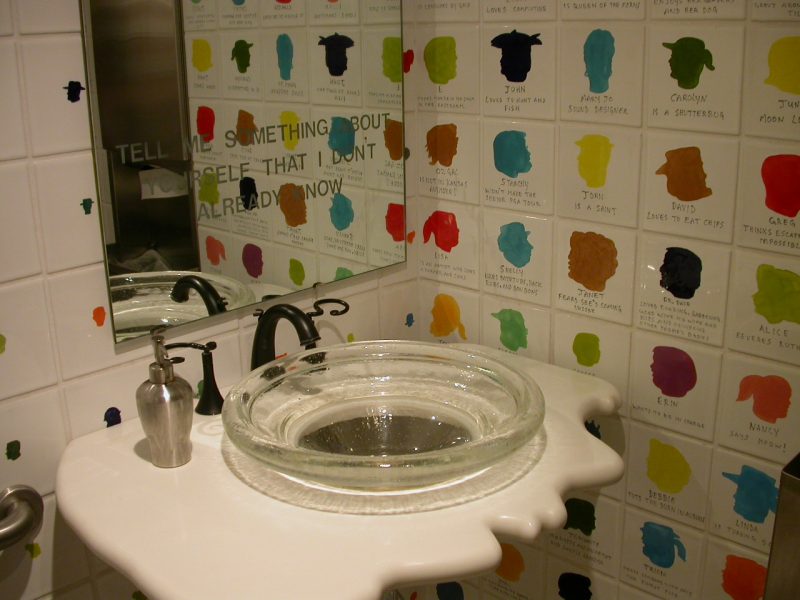
Carter Kustera sent out postcards to friends of Kohler–volunteers, docents, staff. People were supposed to send them back stating something about themselves. Custera then made his silhouette portraits based on the words on the postcards. He also included peoples’ words under their image. The room is like a polka dot utopia with everyone in delicious shades and with nice, funny or astute quips under their portraits.

Terrific men’s room, that’s all I have to say. The women’s rooms were a disappointment–neither one took it far enough afield to be interesting and reverberant. The installations in both mens’ bathrooms were about thinking big, doing big, creating, making a mark on the world and achieving greatness. All things that should be gender neutral but here were sex-linked because of their placement in the bathrooms. That’s a complaint I guess.
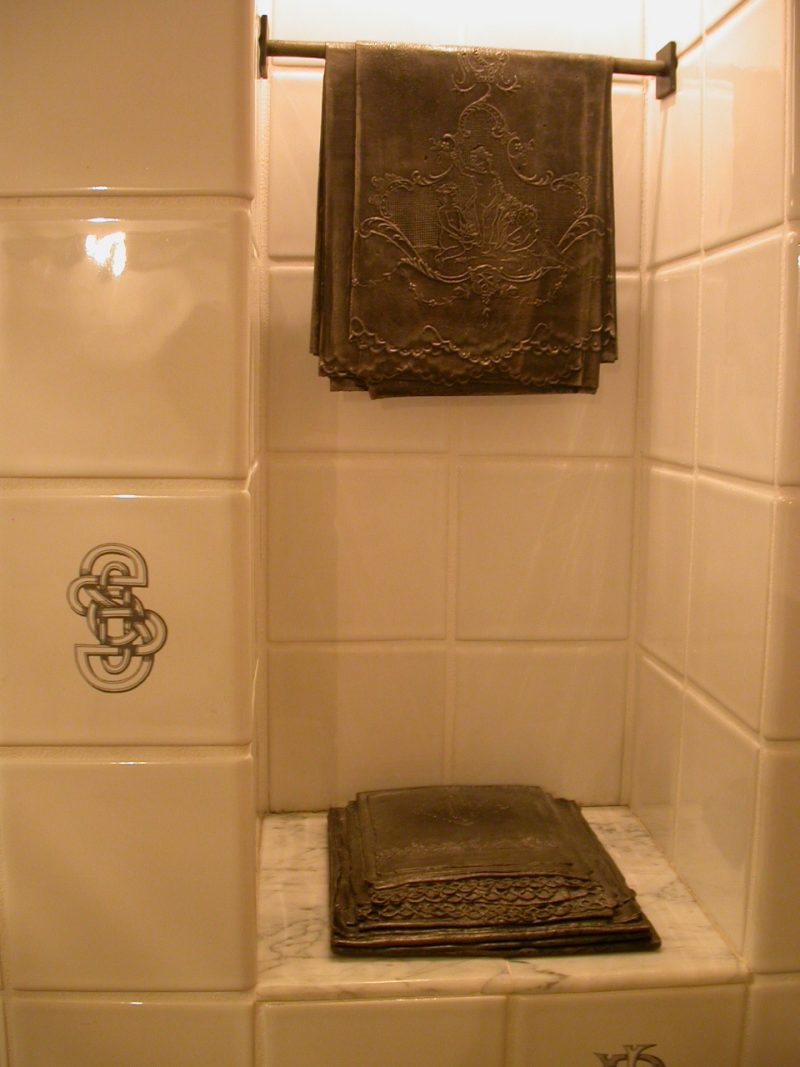
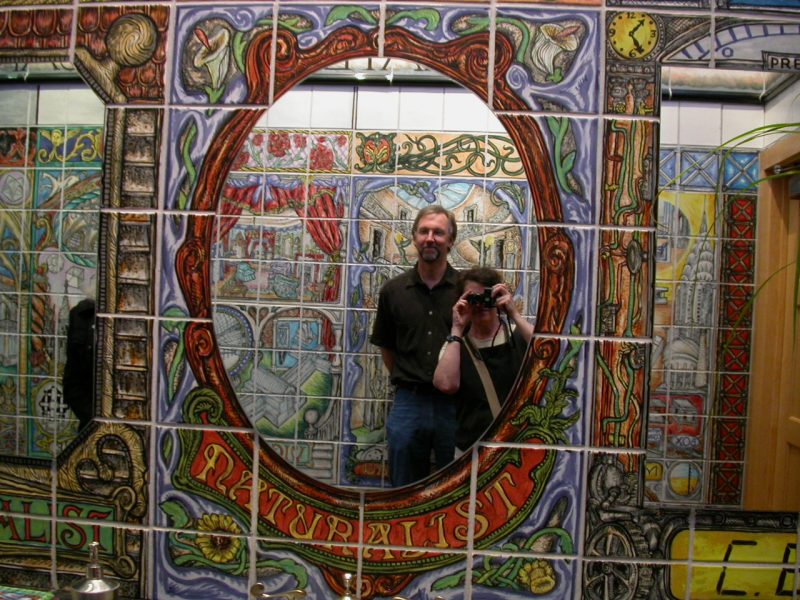
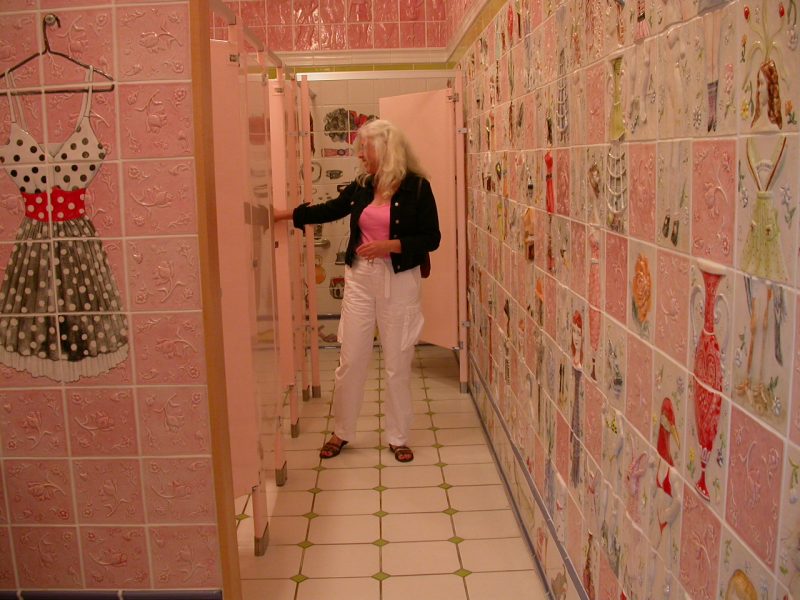
UTOPIA through September 24
ARCHITECTURE FOR HUMANITY July 16-November 5
KIM STRINGFELLOW: GREETINGS FROM THE SALTON SEA through October 22
IDEAS FOR A BETTER WORLD through August 20
NINA KATCHADOURIAN: NATURAL MISUNDERSTANDINGS through October 29
BARBARA COOPER: ESSENTIAL TERRAIN through August 20
DEVICES FOR IMPROVED LIVING through October 29



